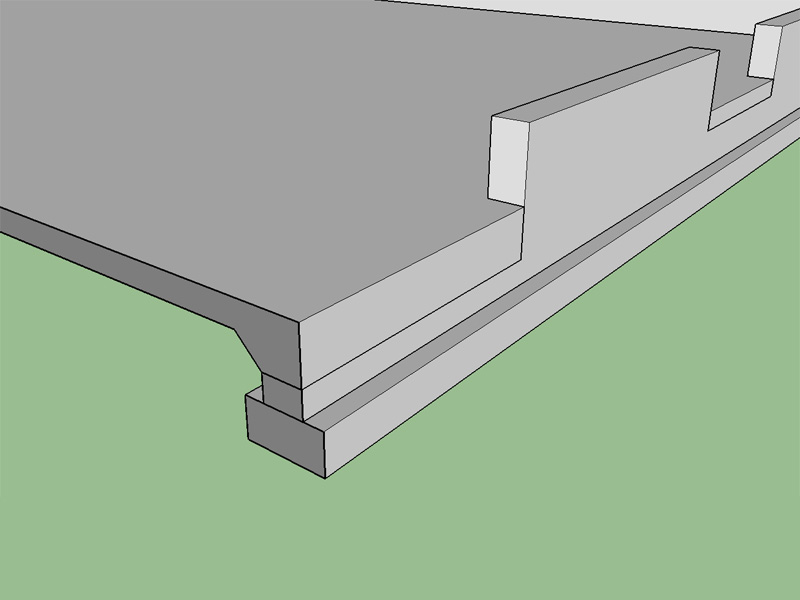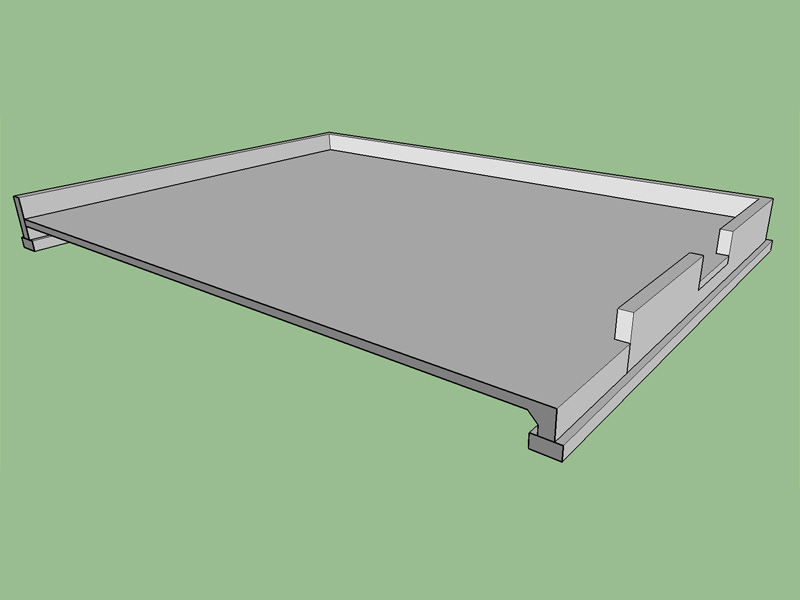My new job has kept me away for the last few weeks so that getting anything done on the plugins has been a real challenge. Even so I've been giving some thought to stepped footings/foundations and would like some input from the designers and architects out there on what is common practice and what they would like to see available for this sort of feature within the plugin.

View mode here:
https://3dwarehouse.sketchup.com/model.html?id=f83f65ea-35e6-46f7-9d6c-f0b09b13a663
Note that I messed up on this model the exterior cripple/pony walls should have only had one top plate so that the combined top plate from the shallow sections and the single top plate would have created the typical double top plate.

View mode here:
https://3dwarehouse.sketchup.com/model.html?id=f83f65ea-35e6-46f7-9d6c-f0b09b13a663
Note that I messed up on this model the exterior cripple/pony walls should have only had one top plate so that the combined top plate from the shallow sections and the single top plate would have created the typical double top plate.














